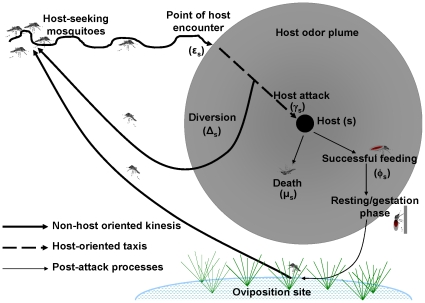Figure 1. A simplified conceptual structure of the adapted model.
This figure shows behavioral and mortality processes that occur in a mosquito feeding cycle. The host-seeking process includes non-host oriented kinesis and host-oriented taxis. The gray circular area represents extent of detectable odor plume around a host of species or type (s). In blood acquisition processes, mosquitoes are said to encounter hosts when they first detect odor cues associated with that host (εs). Then they can either attack the encountered host (γs) or be diverted back to non-host-oriented kinesis (Δs). Mosquitoes which go on to attack the host can either successfully feed (φs) or die (μs). Mosquitoes which successfully feed will go on to rest, digest the blood meals and then oviposit their eggs before eventually returning to host seeking state. This diagram is not drawn to scale and the host odor plume may not always be circular.

